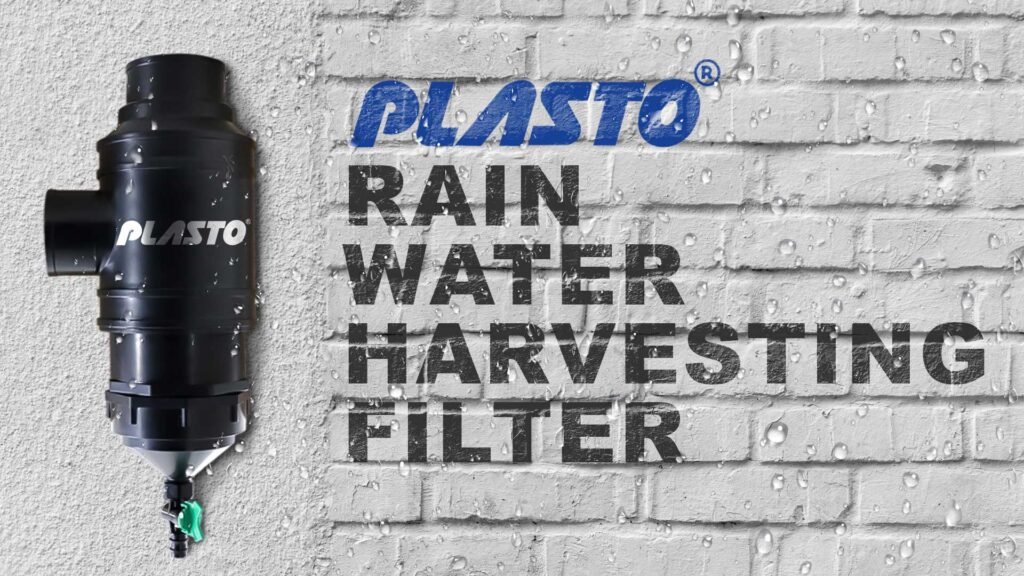What is Rainwater Harvesting?
Rainwater harvesting has gained popularity in recent years due to its numerous environmental and economic benefits. Rainwater harvesting is the process of collecting and storing rainwater for later use. It involves capturing rainfall from rooftops, land surfaces, or other collection areas and directing it to a storage system such as tanks, barrels, or underground reservoirs. Rainwater harvesting has been practiced for centuries and is an effective and sustainable method of augmenting water supply.
Advantages of Rainwater Harvesting
- Water resource conservation: As the global population continues to grow, water scarcity becomes a critical issue. Rainwater harvesting helps alleviate the pressure on traditional water sources such as groundwater. By collecting rainwater, we can utilize a natural and abundant resource to meet our water needs, reducing reliance on scarce water supplies.
- Conservation of water resources: With the growing population, water scarcity has become a pressing issue in many parts of the world. By collecting rainwater, we can reduce the demand for groundwater, which is often overexploited.
- Cost-saving: Harvesting rainwater can help reduce the cost of water bills. The stored water can be used for a variety of purposes such as watering gardens, washing cars, and flushing toilets, which can help reduce the amount of water used from the municipal supply.
- Reduced flooding: During heavy rains, there is often flooding in many areas. Harvesting rainwater can help reduce the amount of water that flows into rivers and streams, which can help mitigate the risk of flooding.
Rain Water Harvesting Filter
A rainwater harvesting filter is an essential component of a rainwater harvesting system. Its primary purpose is to remove debris, sediment, and contaminants from the collected rainwater before it enters the storage tanks. Filters ensure that the harvested water is of high quality and suitable for its intended uses, such as irrigation or household applications.
There are different types of filters used in rainwater harvesting systems, and their selection depends on factors such as the level of filtration required, the system’s capacity, and the specific needs of the user.
If you are looking for the best filter, then you should go with Plasto Rainwater Harvesting Filter. Let’s discuss more about it.
Plasto Rain Water Harvesting Filter
Plasto Company’s rainwater harvesting filter is a prime example of how technology can contribute to this cause. Let’s dive deeper into the features of Plasto Rainwater Harvesting Tank Filter and the advantages of rainwater harvesting.
Features
1. Double-layer stainless steel (304) cartridge
The water filter system utilizes a double-layer stainless steel cartridge made of high-quality 304 stainless steel. This material choice ensures the durability and longevity of the filter. Stainless steel is known for its resistance to rust and corrosion, making the cartridge rustproof and non-corrosive.
2. Rustproof and non-corrosive
The use of stainless steel in the cartridge makes the water filter system resistant to rust and corrosion. This feature is essential for long-term use, as it helps maintain the integrity of the filter over time, even when exposed to water or moisture.
3. Auto-flush mechanism:
The filter incorporates an auto-flush mechanism, which eliminates the need for manual operations. This automated process simplifies maintenance and ensures optimal functionality of the filter. With the auto-flush mechanism, the filter can flush out any accumulated debris or contaminants, keeping it clean and efficient without requiring manual intervention.
4.Easy installation and wall mounting:
The water filter system is designed for easy installation. It can be conveniently mounted on walls, providing flexibility in terms of placement. This feature allows for efficient use of space and ensures that the filter is easily accessible for maintenance and operation.
5.High rainwater catchment rate:
The water filter system efficiently collects rainwater with a catchment rate of over 90%. This means that it can capture a significant amount of water from rainfall, maximizing the utilization of natural water sources. With such efficiency, the filter can help conserve water resources and provide a sustainable water solution.
Plasto Company’s commitment to providing top-quality rainwater harvesting solutions aligns with the urgent need for water conservation. Their range of products, including rainwater harvesting filters, storage tanks, and specialized pipes and fittings, allows individuals and communities to implement efficient rainwater harvesting systems.
Conclusion:
In a world facing water scarcity, rainwater harvesting has emerged as an essential practice. Plasto Company’s rainwater harvesting tank filter stands as a testament to the innovative solutions available to address this global challenge. By embracing rainwater harvesting, we can conserve water resources, reduce costs, prevent flooding, and foster environmental sustainability. Let’s join hands in adopting this eco-friendly practice and secure a more sustainable future for generations to come.


